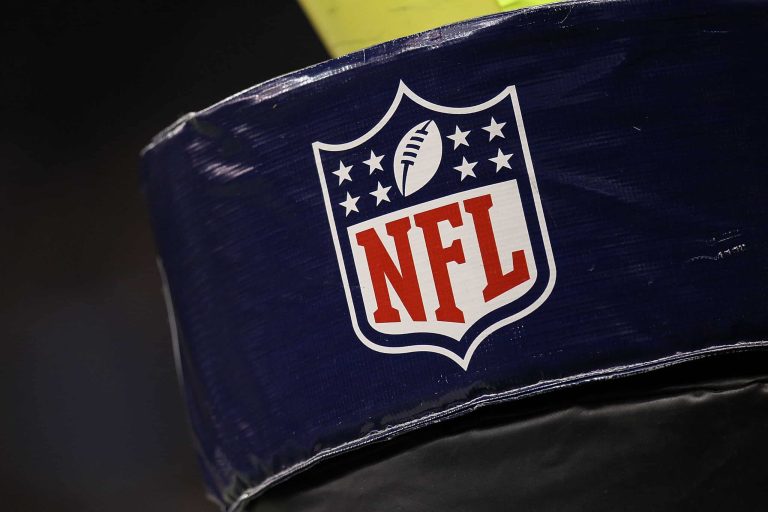When the VAR system was first used in the A-League back in 2017, it was not too difficult to predict that there would be significant bumps along the road when it came to teething problems and the fans’ distrust of excessive technology in football.
The cynics, critics or realists, depending on where you stand on the massive change that was made to the game of football, have been proven to be right in so many ways. The stifled goal celebrations, seemingly incorrect offside decisions and penalties awarded in retrospect after review drove many a supporter of the game up the wall.
A few more passionate folk swore off the game altogether, such was their fury. A large group of others lived in constant disappointment at the changes made and a third type of person realised that in the fullness of time and after everyone had calmed down, the technology would be here to stay.
Of course, that would only occur once the people using the tech learned how to do so effectively and meshed VAR into the game more seamlessly and less offensively. According to Football Australia, and as we draw nearer to a full decade of VAR use, we appear to have reached that point.
The data gathered from the 2024/25 A-League Men’s season and presented in Football Australia’s end of season refereeing and VAR report showed “Clear and measurable improvements on the previous season in both decision-making accuracy and officiating performance”.
A pretty categorical statement, really and a confident one. So exactly what was so clear and measurable about the performance of the on and off-field officials during the season?
Firstly, it is important to note the internal nature of the review, as exemplified in Football Australia’s claim that “98.8% of VAR decisions were deemed correct this season – a benchmark figure assessed by Football Australia’s referee coaching team”.

Season 2024/25 of the A-League had everything, including less VAR officiating. (Photo by Darrian Traynor/Getty Images)
The word ‘deemed’ is an interesting one and has me wondering whether a randomly selected group of A-League fans drawn from the different supporter groups around the league would have ‘deemed’ in the same way.
I would perhaps suggest that a far greater number of decisions would have been seen as 50/50 and quite debatable among fans. Yet when an organisation reviews itself and hopes to present a favourable result that justifies the money being spent, I guess it is certain to spin things in that way.
Don’t get me wrong, the use of VAR in the A-League has certainly improved over time, and strangely, part of that success, according to Football Australia has been a lessening of its use.
Within the report is a rather strange boast. The season featured 48 VAR reviews (44 fewer than 2023/24) across 1,556 on-field decisions. That translates to a 4% intervention rate.
Football Australia states that the figures “reflect a high level of confidence in on-field calls and the effectiveness of the VAR system”. It seems to me that using VAR less and improved performance from those with the whistle in their mouths might be the actual source of what fans would all agree was a less frustrating season from a VAR perspective.
If you use the technological system less, there will be fewer errors. Furthermore, if your referees are doing a decent job, the overall state of play will, of course, look better from a broad perspective.

The number of red cards dished out in the A-League in 2024/25 dropped significantly from the previous season. (Photo by Scott Gardiner/Getty Images)
The VAR live announcements were intended to provide additional clarity for fans. People will have differing views on their impact and necessity, yet Football Australia’s review made no judgment as to their effectiveness, future or benefit; merely stating that the procedure was implemented.
Interestingly, both yellow and red cards were significantly down on the previous season. First cautions were down 12.8 per cent and red cards were down a whopping 56.8 per cent, in a season that saw far fewer matches ruined by dismissals.
There is no doubt that in the two years prior, the reds were flying out the door like Frank Green water bottles, and the trigger-happy referees and VARs made an obvious attempt to rein things back in 2024/25.
Football Australia Interim CEO Heather Garriock summarised the report as such. “To see improved decision-making across the board, combined with fewer cards and a low VAR intervention rate, speaks volumes about the quality and consistency of our match officials.”
Head of Referees Jon Moss agrees. “The data tells a clear story: fewer cards, fewer incorrect calls, and more consistency. This is a credit to the professionalism of our referees and their willingness to adapt to the tactical shifts occurring in the A-Leagues.”
Whilst far from the hottest topic in the game these days, VAR drama will rear its head soon after the new season begins in October, no doubt.
Whilst it does seem a little odd to suggest that VAR is doing a much better job based on the fact it is being used far less and as the standard of refereeing across the league appears to be improving, here’s hoping that counter-intuition actually leads to a season like last.
Most importantly, the football was better, entertaining, goals flowed and the players knew any indiscretions were likely to be spotted. Or perhaps the data has been massaged to present a truth that fails to accurately reflect the reality.
Either way, VAR is here to stay.






